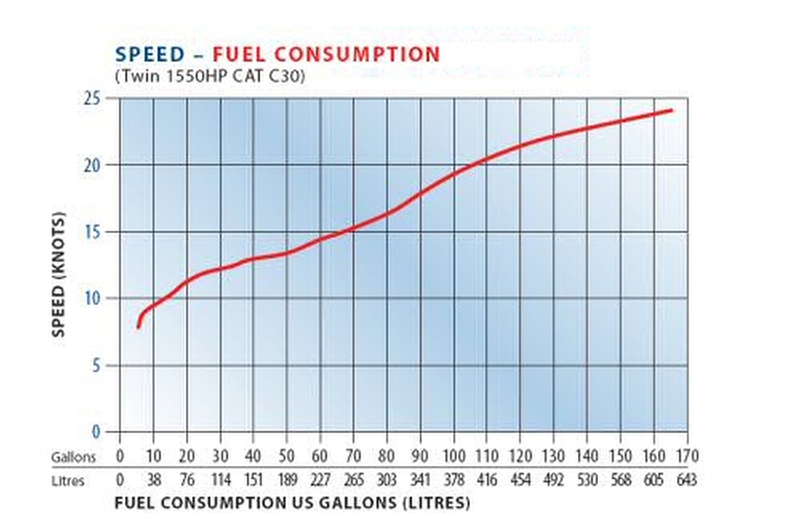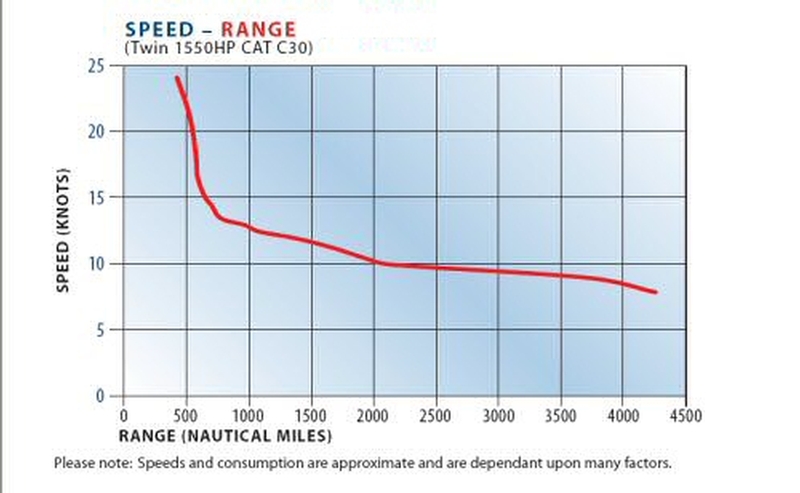Safety and convenience were given top priority in the design of all deck areas. All hardware was selected for durability and functionality
MoreThe flying bridge area is divided into two levels and has three distinct functional areas. The upper level is effectively an open-air pilothouse
MoreWith a combined area of 350 sq ft. these three spaces flow together to form a luxurious yet functional area
MoreThe wide beam of the Fleming 78 provides exceptionally spacious accommodations
MoreThe 22-foot long, full height engine room in the Fleming 78 is spacious, brightly lit and laid out with easy access to all equipment.
MoreThe spacious Fleming 78 pilothouse has the feel of a bridge of a much larger vessel and is the nerve and social center of the boat.
MoreUnique to the Fleming 78 is an extensive machinery space located under the forward accommodations, which has both AC and DC lighting systems.
MoreAccess to the crew's quarters and the engine room are from the port side deck, immediately aft of the aft side-roof support, via an access door and stairs, which lead down to the aft lobby.
MoreThe following performance curves represent the approximate speeds, fuel consumption and range of a Fleming 78 powered by twin MAN 1550 hp diesel engines. The actual performance of an individual vessel will depend on many factors including, but not limited to, sea and wind conditions, load of vessel and the condition of the vessel's bottom and running gear.


All Fleming Yachts are built to comply with the appropriate marine and environmental regulations for the area in which the yacht is delivered.
USA - NMMA Certified Manufacturer fully complying with: ABYC, USCG and EPA regulations.
European - Built to CE-RCD Category "A" Ocean Standard using the relevant ISO standards.
Australia - Australian Standard 1799.1-2009
Canada - Transport Canada TP1332E 04/2010
Fleming Yachts Construction (HK) Ltd management and environmental systems have met and been approved by ISO 9001:2008 Quality Management Systems and ISO 14001:2004 Environmental Management Standards.
The question most manufacturers ask themselves when considering a new feature is whether it is necessary to include it in order to sell the boat. In the case of the Fleming, we ask only whether its inclusion will make the boat safer, better or more convenient. That is why we have introduced literally hundreds of refinements since we started construction in 1985 and why we continue the process today.
For that reason Fleming Yachts reserves the right to make changes to specifications and equipment without notice
Handcrafted by T2H Advertising | Privacy Policy